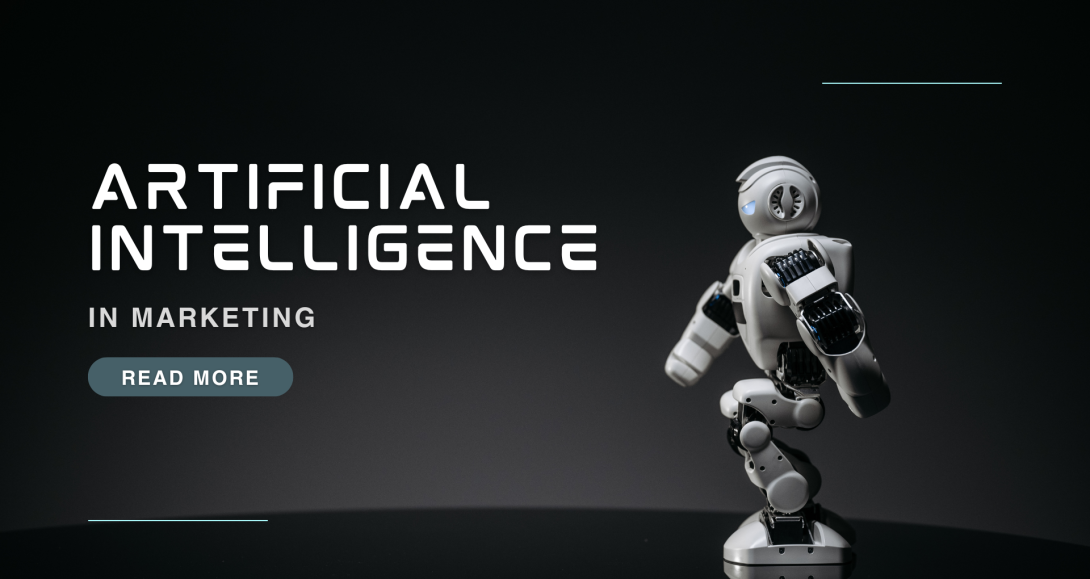
By 2025, AI chatbots will be an essential element for determining the modern version of customer services. They will enhance all experiences in various industries. As the expectations of consumers continue to change, AI-powered chatbots offering quick responses will matter more. They will resolve client queries and attract businesses worldwide. This post will describe how AI chatbots will assist brands in optimizing and revolutionizing customer services in 2025 and beyond.
The top benefits of AI integrations across customer interaction touchpoints are personalized attention and 24/7 support availability. Customers who genuinely dislike extended waiting periods per “helpdesk ticket” want those AI chatbots to become universal.
Likewise, startups and independent consultants expect them to reduce their customer relationship challenges due to small team sizes. No wonder the rapid use of AI chatbots in customer services is now a mainstream strategy. It will surely gain even more traction irrespective of your discipline or the firm’s operational scale.
How Will AI Chatbots Assist Brands in Revolutionizing Customer Services in 2025?
1. Continuous Availability and Instant Response
One of the major advantages of AI chatbots is that they can provide round-the-clock service. In today’s world, where multiple time zones operate, queries can come from customers at any time. Ensuring that the customer gets an instant response, regardless of the time of day or night, is important. Thankfully, it is one of the biggest assurances AI chatbot solutions can provide, creating a seamless and satisfying experience.
For example, an AI chatbot can immediately respond to a customer’s complaint about an order issue past midnight. An advanced chatbot may even resolve it without human interaction. Therefore, this 24/7 allowance facilitates convenience for users. They do not have to wait till business hours to get support.
2. Personalization Through Machine Learning
Chatbots no longer rely on repetitive, generic, rule-based systems. Instead, AI chatbots have undergone multiple transitions. Today, they have become intelligent conversational agents. So, handling more complex language tasks is not impossible if you use their novel iterations. These upgraded chat experiences can cater to every customer’s unique needs.
Employing machine learning (ML) and natural language processing (NLP) offered by a competent technology services provider makes the chatbots context-aware. They can look at the history of consumer interactions, preferences, and behavior patterns. Later, they will adjust their responses for personalization. For instance, an AI chatbot assisting returning customers will “remember” their preferences and show them tailored suggestions. Such applications inevitably modernize the user experience.
Integrating AI chatbots with customer relationship management or CRM systems could deliver detailed customer profiles. These profiles will ensure a more holistic personalization approach. Simultaneously, each interaction will be a learning opportunity for the chatbots to be more dynamic and responsible. Their accuracy will be better, and more consumers will like to engage with them. In short, they will assist in building long-term customer relationships to foster loyalty.
3. Handling High Volumes of Customer Interactions
AI-powered chatbots may be an effective and cost-friendly channel for reaching a large number of business-inquiring customers. In 2025, it will be more typical for e-commerce, telecommunication, and banking services to deploy chatbots. They will do so for thousands of concurrent interactions. This implementation will shorten the wait times for customers and free up staff agents. These workers can then focus on dealing with complex problems requiring individual human interventions.
AI chatbots might manage mundane requests such as order tracking, appointment scheduling, or account balance verification. That is why the workload of customer service teams will change. The resulting operational efficiency improvements will help companies to scale up their customer services. Each brand will witness better customer retention and grievance redressal. Expanding team sizes will be less necessary despite more requests.
4. Advances in Natural Language Processing
This NLP technology throughout 2025 will equip chatbots with more nuanced prompt evaluation. That enhancement indicates AI chatbots will more naturally understand and respond to customer queries. Neither sentiments nor complex sentence structures will pose any difficulties. Rather, customer service practices and experiences will frequently rely on empathetic chatbots’ value-adding capabilities.
In addition, advanced NLP capabilities also unlock chatbots’ potential to handle multi-part conversations. These interactions mean that chatbots can respond to follow-up questions. Therefore, customers can seek clarification on past prompts and output. In other words, they can further improve their ability to fix issues or recall previous discussion topics. All these features will be readily available in a single interaction “thread” or “chat session.”
Advanced NLP features, for instance, include sentiment analysis. That enables a chatbot to guess whether the customer is frustrated or confused. The ability to “read” the customer’s tone enhances user satisfaction. How does it work? The interaction will no longer be transactional and robotic. It will be supportive, helping customers feel understood and calm themselves down.
With improved NLP capabilities, AI-powered chatbots not only serve correct answers but also more closely reflect tone. This approach slightly mimics what a human agent would offer. Later, a dedicated customer services representative can join the conversation.
5. Integration with Voice Recognition Technology
Voice-based interfaces are increasingly becoming popular. Accordingly, AI chatbots will likely integrate voice recognition technology and speech synthesis models. It will be a norm by 2025. Most chatbots will support both text and voice queries. This trend will provide maximum comfort to customers. Brands have acknowledged voice-activated chatbots can play to the advantage of people who like talking more than typing. On the corporate usability frontier, managers will get quicker answers while doing something else.
Likewise, a customer might ask an AI chatbot through a smart speaker to check their bank balance. Otherwise, you might want to know the status of a travel booking request. The voice recognition module will listen to your request. Later, the speech synthesis module will answer you like a personal assistant.
Such integration enables global firms to reach their customers. Furthermore, multi-lingual NLP, voice capture, on-the-spot translations, and speech delivery eliminate all language barriers.
Conclusion
AI chatbots will be revolutionizing customer services, making them faster, more dynamic, and more empathetic. Consumers will, therefore, witness near-instant helpdesk responses. Those intelligent virtual agents will ensure efficiency across all customer touchpoints and interactive sessions. That will lead to exceptional gains in customer satisfaction (CSAT) metrics and give businesses a competitive edge in 2025.
The ongoing improvement in AI, machine learning, and NLP will blur the lines between automated and human-driven customer services. The positive impacts due to this development include 24/7 support availability. Besides, reduced wait times and multi-lingual client engagements streamline CRM activities. However, AI chatbots will require diverse training models. Otherwise, they might fail at accommodating conversational nuances and cultural sensitivities.
AI-powered chatbots will continue to be at the core of customer services in the near future. All enterprises will proactively explore the best strategies for AI adoption. With the right balance between related innovations and human capabilities, meeting customer needs will be easier.
